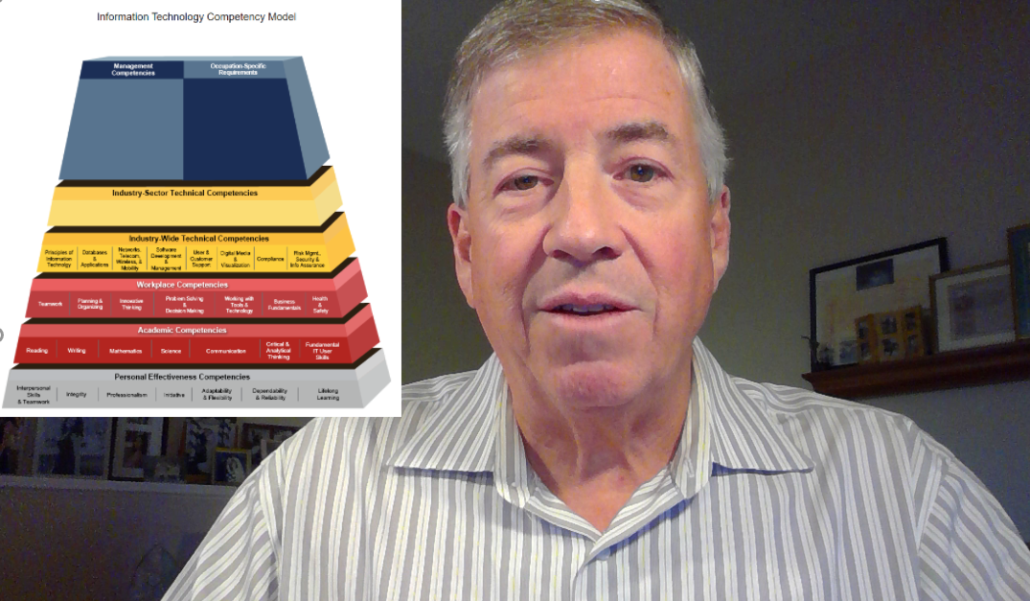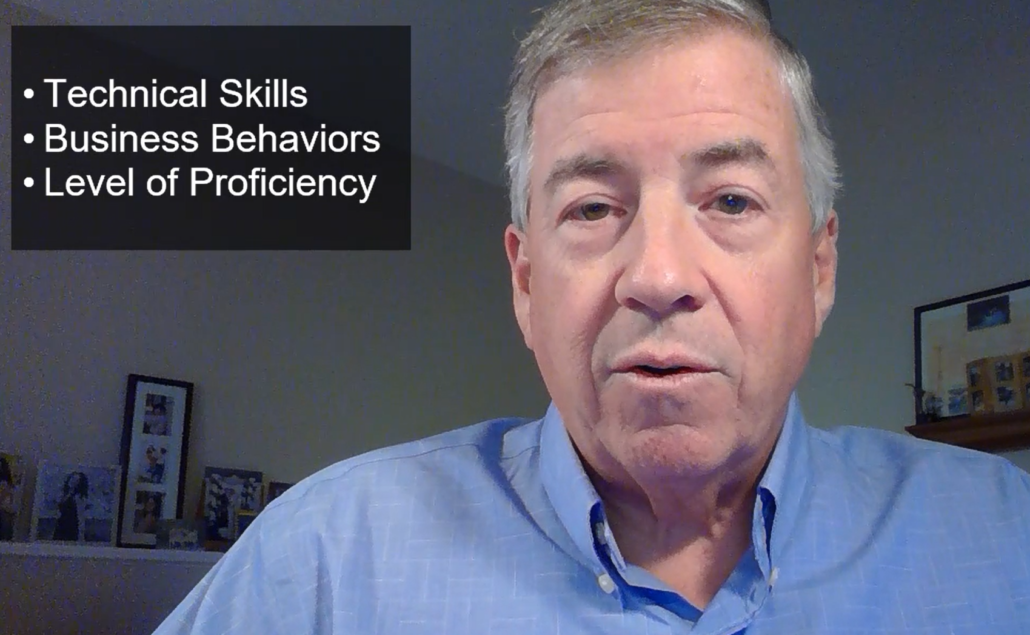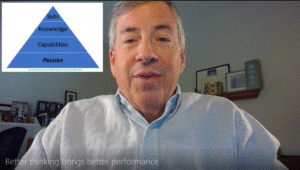Career pathing & Competencies, Part 4: Competencies to career path
When there are career options and areas to grow people tend to stay adding their expertise and experience to the organization’s growing knowledge base. Knowing the competencies needed in a new role enables current employees to identify the specific business behaviors and professional skills they need to have to be prepared to grow and move in their career within the organization. In this short video I share how using this framework provides exposure to additional roles that can be career opportunities for employees and a quicker way for organizations to develop a robust, internal talent pipeline focused on meeting their business needs.
Creating this internal talent pipeline can benefit the employee and the organization and works best when everyone clearly understands the technical knowledge and business behaviors needed to demonstrate performance success and this can be done using a competency framework aligned to a career path model to develop people to grow. Let’s talk more about how you can use learning as a strategic business and retention tool. We can Zoom or even use the phone to talk because together, we are stronger, and we don’t need being remote or at a distance to keep us from connecting and engaging – let’s learn and work together! I’ll bring some coffee…. Use the contact button above or visit our web site!






